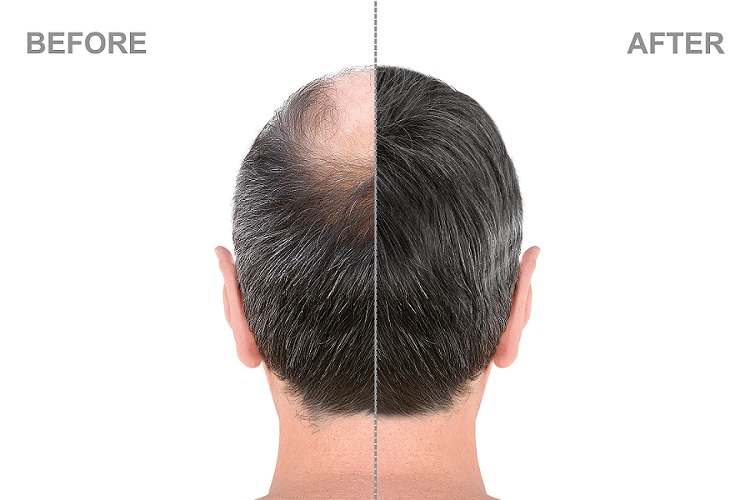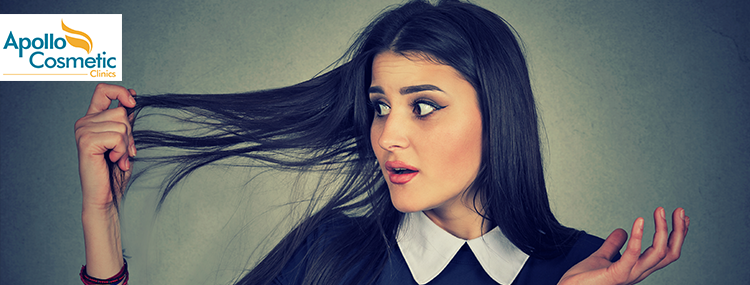Hair forms an important part of the personality of most people. However, with a busy schedule and stressful lifestyles, people hardly have enough time to take proper care of their hair. Stress and lack of appropriate nutrition are amongst the common causes of hair loss. Hair loss has become a major concern for women as well as men all over the world.
Many factors can be responsible for hair loss, including genetics, hormonal changes, medications, etc. Some of these factors can combine to result in either permanent or temporary hair loss.
Thankfully, there are many treatments available nowadays for hair loss. Hair replacement and hair transplantation are some of the most popular hair loss treatments. Hair replacement includes a variety of non-invasive methods like hair wigs, hair patching, etc.
The most popular procedure for regrowing hair is hair transplantation. The process involves the removal of hair follicles from different parts of the body or head, which are then planted into the areas of the head which are balding. The process is commonly called Follicular hair transplantation.
There are essentially two primary ways of performing hair transplantation: FUT (Follicular Unit Transplantation) and FUE (Follicular Unit Extraction). People are commonly confused when deciding between FUT and FUE. The right choice varies from individual to individual. This is because it depends on several factors, such as the doctor’s recommendation and the requirements of the individual.
Follicular Unit Transplantation involves the removal of a strip of skin from the donor site that contains hair follicles. Typically, this strip of skin is removed from the back of the head. The hair at the back of the head is fuller and does not usually fall. Thereafter, removal and separation of groups of tissue that contains the hair follicles are done before preparing them for transplantation.
While this is being done, the surgeon makes separate tiny holes in the recipient site. This is the site where the individual getting the transplantation is facing balding and thinning. The extracted tissues that contain the follicles are then placed individually into the recipient site. Follicular Unit Transplantation has been used for many years. Initially, the method was considered to revolutionize the restoration of degrading hairline.
Follicular Unit Transplantation had some supposed disadvantages, to compensate for which Follicular Unit Extraction was developed. It was supposed to provide the same results while overcoming those disadvantages. The reality is that both these methods have their benefits and their use depends on the individual on whom the transplantation procedure is being performed.
Follicular Unit Extraction is similar to Follicular Unit Transplantation with regards to the fact that both the process involves the planting of hair follicles to a recipient site from a donor site. However, the main difference between these two processes is that there is no extraction of a strip of skin from the side or back of the head with Follicular Unit Extraction.
Instead, this technique involves the collection of individual hair follicles directly from the scalp before inserting them into small holes that are made in the recipient site. While this process does take more time, it leaves only tiny circular scars rather than a single scar. Furthermore, post-procedure scenario is also different in Follicular Unit Extraction as compared to Follicular Unit Transplantation.
What are the benefits of undergoing hair transplantation?
Once you know about the two main methods used for hair transplantation, you would want to know about the benefits of the process to see if it is worth it. Just like anything else, there are some pros and cons when it comes to hair transplantation as well. Some of the benefits that the procedure has to offer include:
- Regrow your hair naturally: A hair transplant is an incredible procedure that allows you to have a hairline that appears completely natural. Since the procedure involves transplantation of hair to the recipient site from the donor site, the appearance and texture of the donor’s hair matches perfectly with the existing hair
- Scar free and painless procedure: Regardless of which particular hair transplant procedure you go for, there will be no visible scar left on the scalp after the procedure, if it is done correctly. Furthermore, since you are given local anaesthesia during the surgery, you won’t feel any pain during the procedure
- Minimal downtime: The fact that hair transplantation has minimal downtime is one of its benefits as well. You can return to your daily activities straight away after a few days of bed rest. However, before you resume any physical activity, make sure to ask your surgeon whether you should or shouldn’t.
- Reasonable costs for long term results: There are indeed non-surgical methods to treat hair loss that seem to be affordable. However, these methods require extensive maintenance and the maintenance cost keeps adding up over time. This drastically increases the overall cost. Hair transplantation is the perfect choice for people who want maintenance-free hair loss treatment.
Blog written by:
Dr. Sasikumar
Consultant Cosmetic Surgery
Apollo Cosmetic Clinics, MRC Nagar





















